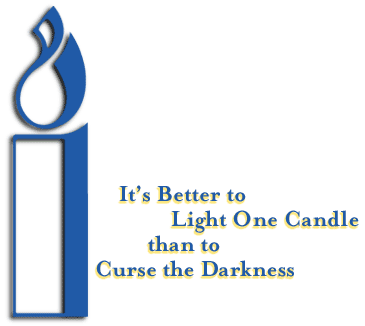Tony Rossi, Director of Communications
The Showman Who Saved Thousands of Babies
If you were a woman who gave birth to a premature baby weighing between two and
three pounds during the early 1900s, your best odds of saving your child’s life weren’t
by taking it to a hospital. Instead, you had to go to a sideshow in Coney Island or
Atlantic City and look for the exhibit run by Dr. Martin Couney and his staff.
During a “Christopher Closeup” interview about her new biography “The Strange Case
of Dr. Couney: How a Mysterious European Showman Saved Thousands of American
Babies,” author Dawn Raffel explained that she first gained interest in this story when she saw a picture of an incubator exhibit at the 1933 Chicago World’s Fair – and then again in an old photo at the Coney Island Museum in Brooklyn. Upon investigation, Raffel discovered that alongside the sword swallowers, shooting galleries, and freak shows prevalent in sideshows of the early 20th century, there was Dr. Couney, inviting passersby into “an exhibition of live, premature infants in incubators. It was almost like a mini-hospital right out on the midway.”
It wasn’t the incubators alone that made the difference between life and death, but also the skilled nurses that cared for the babies around the clock. Though some people looked on Couney’s exhibit as “degrading…and wanted to shut him down,” said Raffel, “there were also many doctors…who sent their premature patients to him. Although they felt uneasy with the spectacle, they understood that this was the best – and sometimes only chance for these children.”
Couney’s operation might sound exploitative to modern readers, but he was no selfish huckster. He genuinely cared for the babies and promoting, what he called, “propaganda for preemies.” Why did preemies need propaganda? Because evil was being touted as a good by some powerful forces in the world. Raffel said, “Eugenics was the very unfortunate outgrowth of the new science of genetics. People started thinking – maybe we can breed better humans.” One of the most noted eugenics propagandists of the time was Dr. Harry J. Haiselden, who did his best to convince people that babies with disabilities are better off dead. He starred in a 1917 film called “The Black Stork,” as a character based on himself.
Raffel writes, “In the silent, captioned film, the newborn is afflicted with an unidentified genetic disease. His mother is upset – to be expected – but she accepts the doctor’s wisdom after a vision of her child’s miserable future on this earth: a life of insanity and crime. When a nurse tries to hand the doctor his operating apron, he sternly refuses her. Chastened, she turns and walks away, leaving the infant to die alone on a table. The dead child eventually levitates into the arms of Jesus. One 1917 newspaper advertisement read, ‘Kill Defectives, Save the Nation, and See The Black Stork.'”
Whatever Couney’s shortcomings, he erred on the side of life. In fact, Raffel met with several of the babies, now senior citizens, for whom Couney cared. They all appreciated learning more about the mysterious doctor who saved them. In addition, Couney’s influence is somewhat responsible for the care premature infants receive today. Therefore, Raffel hopes that people who read her book gain respect and admiration for Dr. Couney. She concludes, “I found him absolutely heroic, but he was imperfect. He fabricated his credentials…But if you put that on one side of the scale against saving all those lives on the other side of the scale, he was heroic.”
For free copies of the Christopher News Note THE ENDURING VALUE OF PEOPLE WITH DISABILITIES, write: The Christophers, 5 Hanover Square, New York, NY 10004; or e-mail: mail@christophers.org

